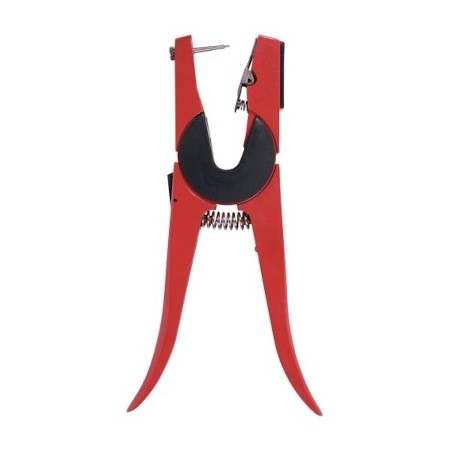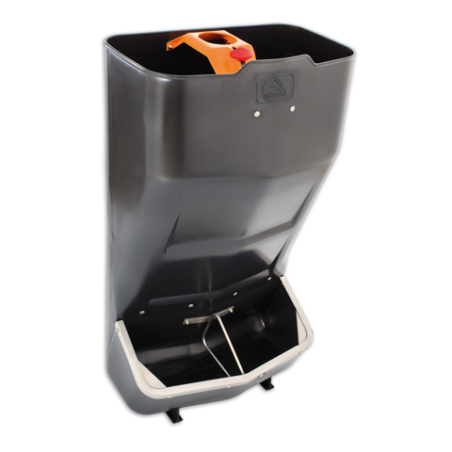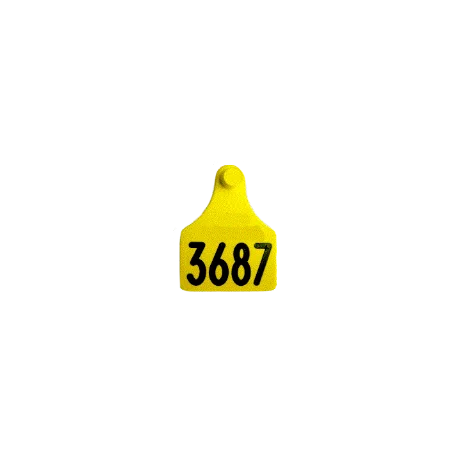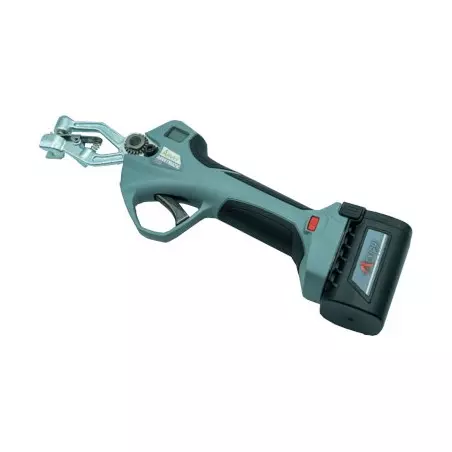Goal
One of the main goals of our farm is the monitoring of the heats of the replacement gilts in order to breed them at an appropiate age and weight, and obtaining, in this way, the maximum production potential from our genetics.

Explanation
It is a very simple and practical system for controlling the heats of our gilts, and it consists of putting ear tags to the gilts at each of the two heats that we see during the quarantine period.
At the first heat we put an ear tag on one of the ears, and at the second heat we put an ear tag on the other ear. We will write the control number of the gilts on these ear tags. In this way we will know that we have monitored two heats in these gilts and that they must be transferred to their gestation crates as soon as possible once the second heat has been detected. At the third heat, which is the moment at which we will perform the mating, the gilt will be already housed in its crate.
The ideal moment for the housing in crates is three weeks before the mating, with the aim that the adaptation to the crate and, in many cases, to a tailored feeding when coming from a previous group feeding from a hopper, has been overcome. In this way we will avoid losses and reproductive failures due to the stress when housing the nulliparous sows in gestation crates very close to the mating date.
We can control the heats in the quarantine period and organise the spaces in our gestation area in a very easy way. Also, if we do not synchronize heats, we can calculate the matings of the gilts that we bring in into the batch.
One of the main goals of our farm is the monitoring of the heats of the replacement gilts in order to mate them at a sufficient age and weight, and obtaining, in this way, the maximum production potential from our genetics.
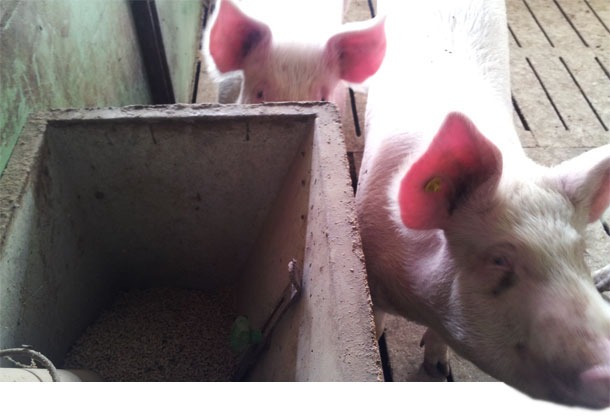
Photo 1: One gilt has an ear tag and the other one has none. We have detected a heat in the first one and none in the other one.
Also, each sow will have two ear tags, so the loss of one of them will not entail a big problem, because it will have the other one left.




